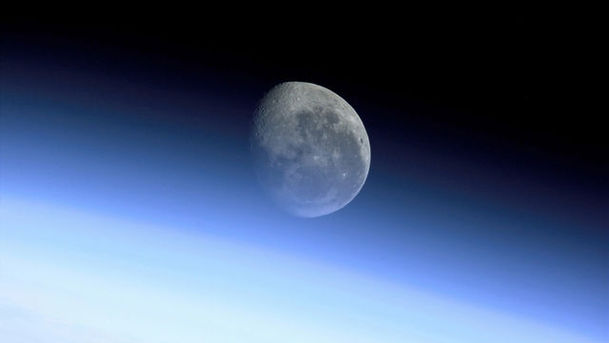Twenty Minutes - The Imperial Mathematician and the Moon

It's just over 400 years since the publication of the first modern European story of a trip to the moon - astronomer Johannes Kepler's astonishing science fiction novella Somnium (The Dream), written in the summer of 1609 in Prague. Kepler had no rockets in his dream world - he had to call on demons to overcome the immense forces of interplanetary travel, encouraging passengers to arrange their limbs carefully so they weren't ripped apart at lift off! He didn't choose Cape Canaveral but Iceland for his moon base, inspired by stories of volcanoes and lost souls. He imagined a moon world full of huge, fast-growing serpent-like creatures, but he wasn't writing the Renaissance equivalent of a B-Movie! In 1609 Kepler was at the height of his powers, publishing his laws of planetary motion which would help take us to the moon. But he was also man with dangerous ideas. Just like Galileo, Kepler supported the new astronomy which put the Sun at the centre of the solar system, instead of a static Earth. Kepler's story was a mind-blowing thought experiment, to shift the reader's frame of reference to the Moon, so they could see that Earth never stood still. But unlike Galileo, it wasn't his own life he endangered with his ideas - it was his mother's. Bad tempered old herbalist Katharina Kepler was far too much like the Icelandic demon summoner and space-travel specialist of the story - Fiolxhilde with her astronomer son. When a neighbourhood quarrel left Katharina accused of witchcraft, people turned to manuscript copies of the Somnium and thought 'Aha! See, even her own son says so!' A horrified Kepler rushed to her rescue. Did he get there in time?